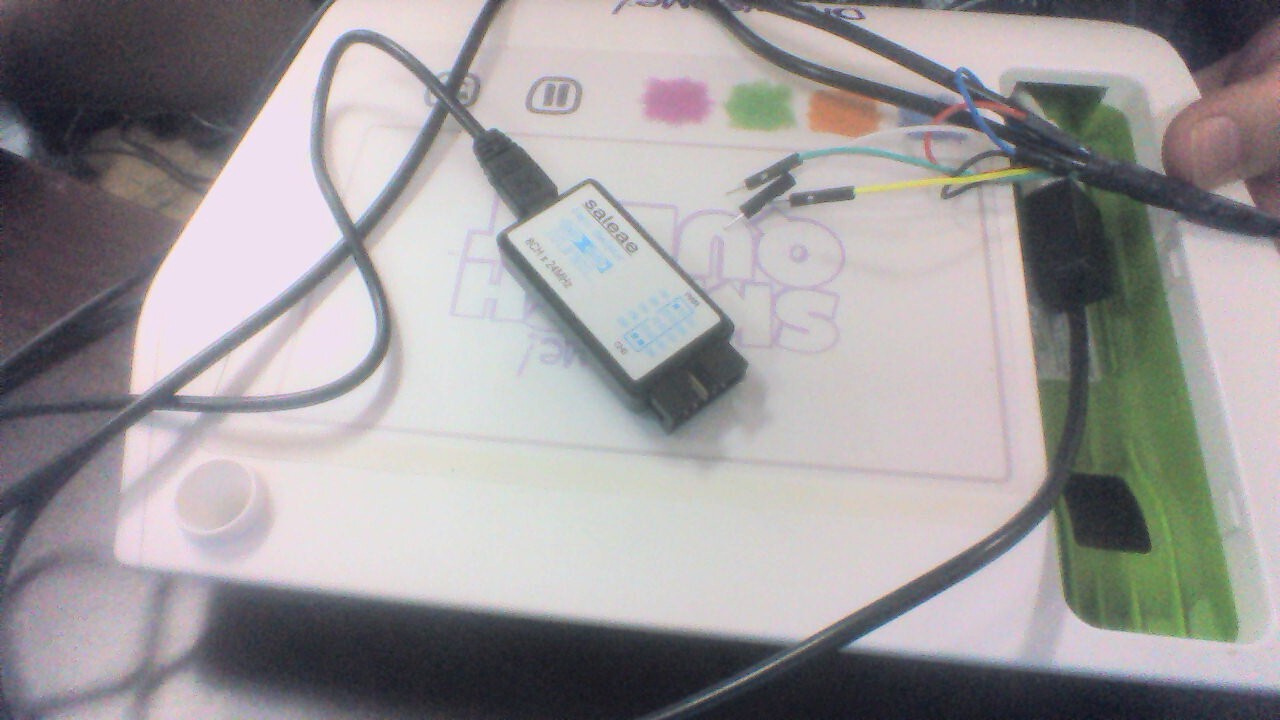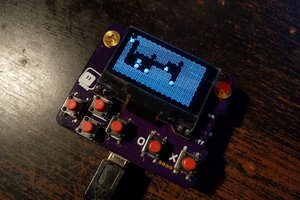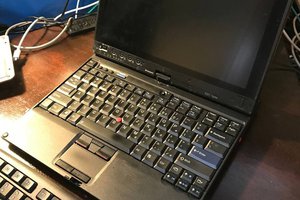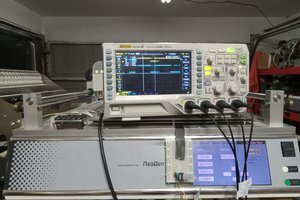We wrote a library to go with our esp8266 puppetry board. We support many of the controllers listed here. http://wiibrew.org/wiki/Wiimote/Extension_Controllers.
Use a DJ table, a guitar hero guitar or a drum-kit to control a robot puppet.
Other users could benefit from a library that allows them to encorporate these game peripherals into their projects.
Library currently supports
* Nunchuck
* Classic Controller
* Guitar hero guitar
* Guitar hero Drums
* DJ Hero Turntable
* Drawsome tablet
 Alex Camilo
Alex Camilo

 spookymelonhead
spookymelonhead
 deʃhipu
deʃhipu
 Timo Birnschein
Timo Birnschein
 morgan
morgan